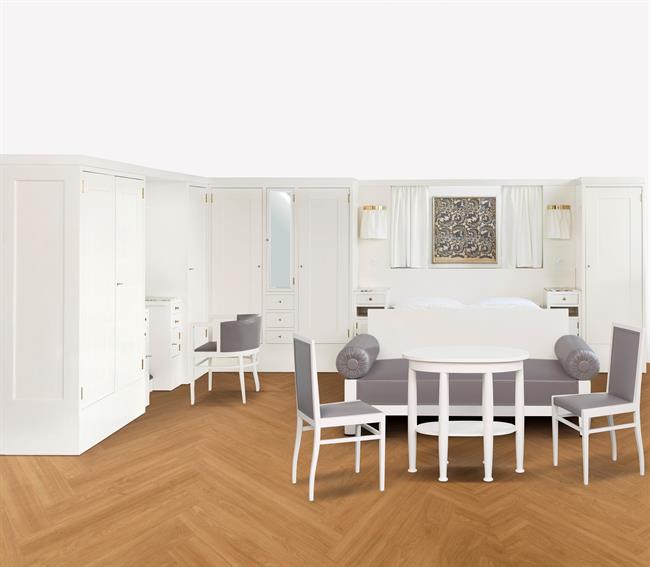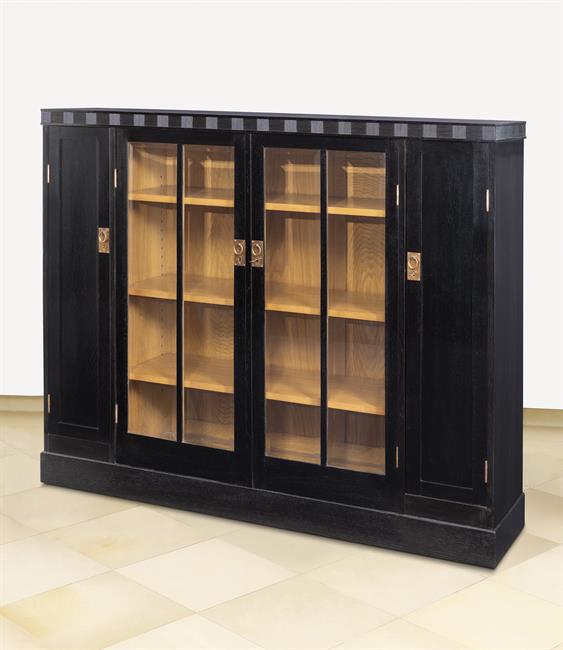 Bedroom Furniture
around 1900
Bedroom Furniture
around 1900
Adolf Loos
Brünn 1870 - 1933 WienAdolf Loos was born in Brünn/Brno in 1870. He was already set upon becoming an architect while still going to school and studied in the department for buildings at the School for Applied Arts and later moved to Dresden to study architecture in 1892/93. The Columbian World-Exhibition prompted him to visit Chicago in 1893. He spent the following, formative years up to 1896 in the United States and later moved to Vienna, where he was strongly influenced by the theories of Otto Wagner. He was the author of numerous theoretical essays including “Ornament und Verbrechen“ (“Ornament and Crime”), written in 1907. Adolf Loos’ ideas were influenced on the one hand by Anglo-American styles of living that he studied in America and London, and on the other by his critical stance towards the 19th century theory of applied art exemplified in many of the works of his contemporaries. His modernist concept of aesthetics was based amongst other things on unembellished, precise construction in fine natural materials. His designs for furniture and other domestic accessories are characterized above all by their high degree of practical utility, hard-wearing materials and their perfect, comfortable forms. His early work in Vienna had a dramatic effect on the local art scene and influenced both the ostentatiously elegant and the plainer Viennese Art Nouveau style that was to find its special expression in the products of the Wiener Werkstätte. While his designs and his writings have had an enormous influence on the development of 20th century architecture, his actual œuvre includes numerous important buildings and interiors in Vienna, Austria and abroad, such as the Café Museum, the so-called “Loos House” on Michaelerplatz, together with the villas of the families Steiner, Stössl and Goldman, amongst others.

 Ladie´s Writing Desk
around 1903/04
Ladie´s Writing Desk
around 1903/04
 Café Museum Chair
around 1899
Café Museum Chair
around 1899
 Cupboard
around 1906
Cupboard
around 1906
 Hanging Lamps "Dodekaeder"
design variations from 1900
Hanging Lamps "Dodekaeder"
design variations from 1900